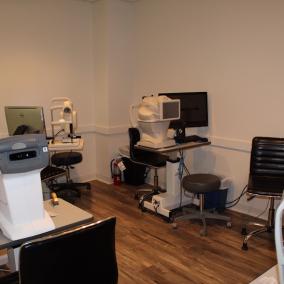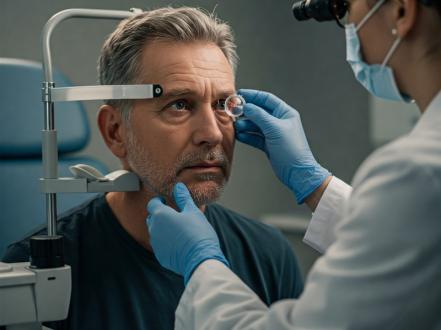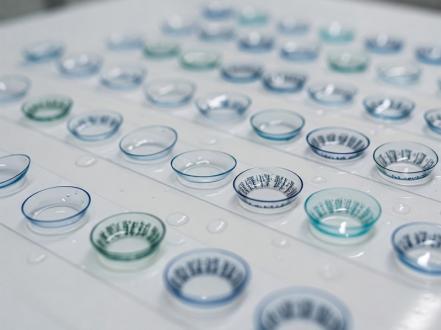Coloboma is a hereditary eye condition that develops during pregnancy. It specifically affects the structure of the eye, causing a gap or defect in certain parts of the eye. The abnormalities in eye structure may occur in one or several parts including the iris, choroid, retina, eyelid, or optic disc. It is believed to occur between the second and sixth month of pregnancy when the tissues forming the eye do not fuse together perfectly.
One of the most common manifestations of coloboma is the so-called "keyhole" or "cat-eye" appearance of the pupil because of the gap in the iris. However, it's not just a cosmetic issue and it can lead to severe vision impairment. The extent of vision loss generally depends on the part of the eye affected and the size of the gap.
Coloboma symptoms and causes
The symptoms of coloboma depend on which part of the eye has been affected. If the iris is involved, symptoms will generally be less severe, with some visual impairment and the identifiable “keyhole” appearance of the pupil. When the retina or optic nerve are involved, the patient’s vision may be severely impaired, potentially leading to partial or total blindness. Furthermore, coloboma can be associated with additional ocular and systemic abnormalities such as smaller than normal eye (microphthalmia), cyst in the eye (colobomatous cyst), or small optic nerves.
Coloboma is thought to arise as a result of genetic mutation and so it most often occurs as an inherited condition, although it can also occur spontaneously. Coloboma can happen on its own, or it could be a part of a syndrome, often accompanying conditions such as CHARGE syndrome (Coloboma, Heart defects, Atresia choanae, Growth retardation, Genital abnormalities, and Ear defects). A number of genes, including SHH, SIX3, PAX6, and ABCB6 among others, have been associated with coloboma.
Coloboma treatment
Unfortunately, there is no definitive cure for coloboma. The treatment primarily revolves around managing the symptoms, alongside preventing any additional issues that may arise. For instance, if there is any vision left in the affected eye, then maximizing that vision and taking care of the eye health is vital.
In cases where coloboma affects the appearance of the eye, such as causing the iris to look cat-like or keyhole-shaped, cosmetic surgery could be an option if it causes distress or leads to bullying or low self-esteem. This involves inserting an artificial iris implant behind the affected iris, which can make the eye look more typical.
When a significant amount of visual function is lost, treatments like low-vision aids, mobility training, and skills for independent living can help patients to adapt. It's crucial for both families and individuals with the condition to have access to both resources and emotional support.
In conclusion, coloboma is a congenital eye disease that varies significantly in its presentation and consequences. Its management often requires a multidisciplinary approach that includes genetic counseling, pediatric, ophthalmology, and possibly other specialties. Research to understand the disease process and to develop potential therapies is ongoing.


















